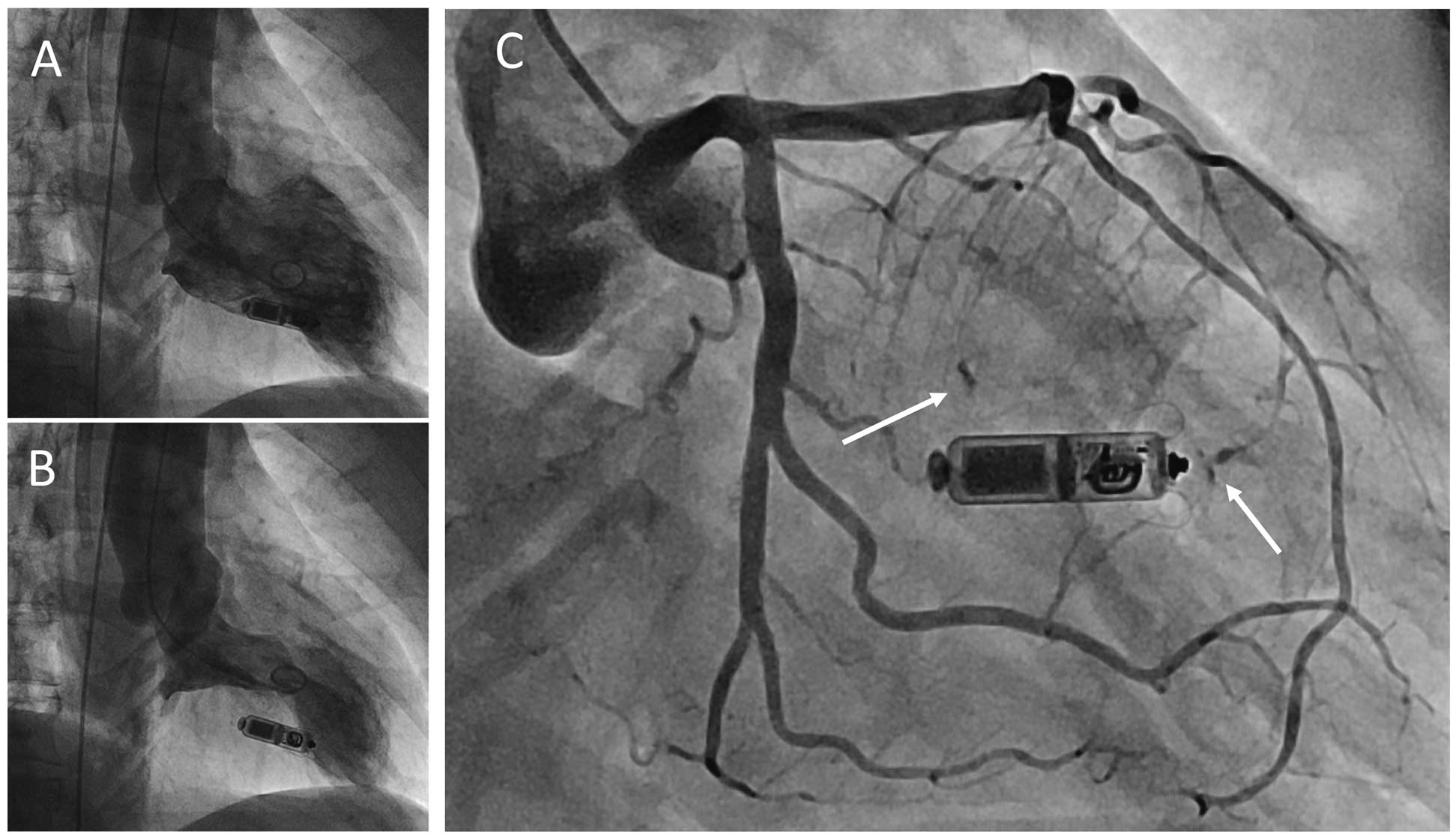- J-STAGE home
- /
- Circulation Journal
- /
- Volume 84 (2020) Issue 3
- /
- Article overview
- /
- Full view
-
Hidehira Fukaya
Department of Cardiovascular Medicine, Kitasato University School of Medicine [Japan]
-
Jun Kishihara
Department of Cardiovascular Medicine, Kitasato University School of Medicine [Japan]
-
Naruya Ishizue
Department of Cardiovascular Medicine, Kitasato University School of Medicine [Japan]
-
Ryo Kameda
Department of Cardiovascular Medicine, Kitasato University School of Medicine [Japan]
-
Takao Shimohama
Department of Cardiovascular Medicine, Kitasato University School of Medicine [Japan]
-
Yuki Arakawa
Department of Cardiovascular Medicine, Kitasato University School of Medicine [Japan]
-
Ryo Nishinarita
Department of Cardiovascular Medicine, Kitasato University School of Medicine [Japan]
-
Ai Horiguchi
Department of Cardiovascular Medicine, Kitasato University School of Medicine [Japan]
-
Jun Oikawa
Department of Cardiovascular Medicine, Kitasato University School of Medicine [Japan]
-
Shinichi Niwano
Department of Cardiovascular Medicine, Kitasato University School of Medicine [Japan]
-
Junya Ako
Department of Cardiovascular Medicine, Kitasato University School of Medicine [Japan]
Supplementary material
2020 Volume 84 Issue 3 Pages 530-
- Published: February 25, 2020 Received: October 09, 2019 Released on J-STAGE: February 25, 2020 Accepted: November 21, 2019 Advance online publication: December 20, 2019 Revised: November 18, 2019
(compatible with EndNote, Reference Manager, ProCite, RefWorks)
(compatible with BibDesk, LaTeX)


